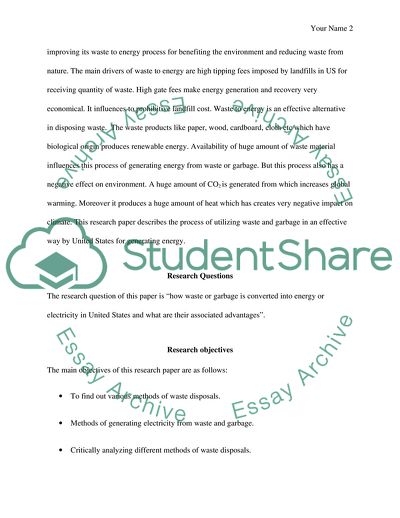Cite this document
(Change Waste to Energy, Generating Electricity from Garbage and Research Paper, n.d.)
Change Waste to Energy, Generating Electricity from Garbage and Research Paper. https://studentshare.org/environmental-studies/1857086-change-waste-to-energy-generating-electricity-from-garbage-and-pollution-in-united-states
Change Waste to Energy, Generating Electricity from Garbage and Research Paper. https://studentshare.org/environmental-studies/1857086-change-waste-to-energy-generating-electricity-from-garbage-and-pollution-in-united-states
(Change Waste to Energy, Generating Electricity from Garbage and Research Paper)
Change Waste to Energy, Generating Electricity from Garbage and Research Paper. https://studentshare.org/environmental-studies/1857086-change-waste-to-energy-generating-electricity-from-garbage-and-pollution-in-united-states.
Change Waste to Energy, Generating Electricity from Garbage and Research Paper. https://studentshare.org/environmental-studies/1857086-change-waste-to-energy-generating-electricity-from-garbage-and-pollution-in-united-states.
“Change Waste to Energy, Generating Electricity from Garbage and Research Paper”. https://studentshare.org/environmental-studies/1857086-change-waste-to-energy-generating-electricity-from-garbage-and-pollution-in-united-states.


